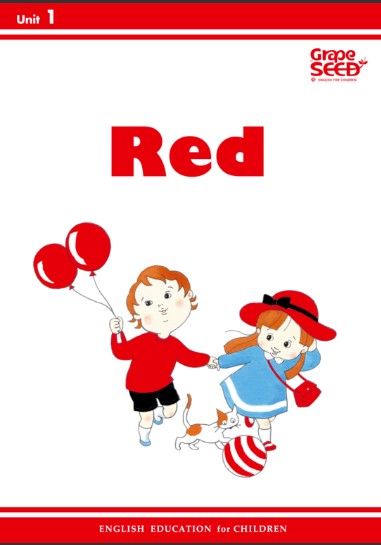Having students gather around for story time is an activity that has long been practiced in early childhood education, library and other early literacy programs. Children love listening to the books being read and looking at the pictures during shared reading.
Shared reading was introduced in the late 1970s and builds from the bedtime story experience. It involves a group of children listening to an adult read a story (or chant, poem, song or something similar) with enlarged text and pictures that everyone can see. Teachers model the reading process for the students by pointing to the words as they read them. Repeated readings allow both the teacher and students to be actively involved; students join in and read with the teacher once they are able.
Shared reading provides many benefits for young learners as they develop early literacy skills. It can be used to teach alphabet knowledge, phonological awareness, vocabulary, concepts about print, oral language and other predictors of reading success identified by the National Early Literacy Panel. Pictures can help the children get a better understanding of what is happening in the story and the meaning of the words being read. Shared reading also allows educators to see how much the children understand and what they may be struggling with.
For English Language Learners (ELLs), shared reading can be especially beneficial. “Shared reading provides English-language learners with an opportunity to hear language while observing its corresponding phonological representation…shared reading also help children learn left-to-right directionality. This may give extra dividends for ELLs whose native orthography differs from English’s left-to-right, top-to-bottom directionality,” explains Dr. Mary Drucker, a professor at Utica College of Syracuse University, in her article for the International Reading Association’s journal The Reading Teacher.
Considered one of the key components in a research-based early English literacy program by many English language arts scholars, shared reading is essential to the GrapeSEED program. GrapeSEED shared reading big books and poems come with the program materials. They contain extra-large print so students can easily see the text during shared reading time. As part of the GrapeSEED Foundation Training for teachers, trainers provide examples and explain the importance of GrapeSEED’s shared reading activities and how they are used to teach concepts about print and phonological awareness.

Shared reading is an enjoyable, engaging activity that boosts early literacy development and self-confidence in young children. Through repeated exposure and discussion about the text with teachers and peers, students can improve and thrive in oral language, paving the way for a life of literacy. To learn more about the shared reading and other materials included with GrapeSEED, contact us !





